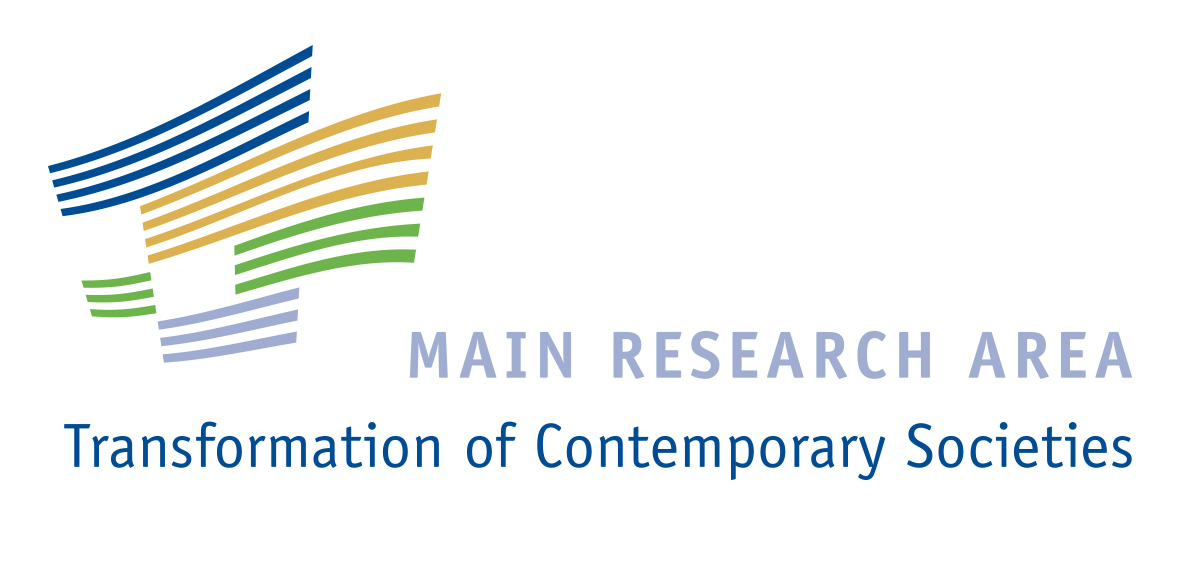Common Projects
Finding a Common Language
In a first step we define a common language to discuss the role of risk perception and management in policy making. It is the aim of the first project phase to establish a common language which will be applied to assess big risks. We will identify causal chains for big risks and discuss the different sources of uncertainty at every stage from an interdisciplinary point of view. In addition we will establish a generic framework for the analysis of big risks, which we will use in the subsequent project stages.
Is there a risk in talking about big risks? Risk sensitivity, risk discourse and the "Risk of talking about risks"
Scientists are used to thinking about the social and political world in an unemotional way. Talking about risks is just one way of talking about probabilities, possibilities and options. Further discussions among scientists and - possibly in general among elites will not change the ways in which risks overall are perceived, but just how specific risks are seen. However, for ordinary people (in the neutral English sense of people who are not in a rare, superior social position), the participation in or exposure to a risk discourse as led in the media or everyday life may significantly alter the ways in which risks are perceived overall. So, citizens do not only react to risk discourse about, for instance climate change, by changing their attitudes about climate change and political reactions to that big risk, but they could also react by either an enhanced sensitivity to risks overall or by their minds being deadened to risks overall. This cross-cutting project will concentrate on the effects of talking about the big risks.
Options of economic, societal and political decision makers in relation to risks
This research project does not only seek to produce insights into the structure and perception of risks. It also aims at developing strategies for dealing with risks and problematic risk perceptions. It is, thus, important to establish an exchange between scientists, policy makers and the broader public to explain the different varieties of uncertainty, including imprecision, ambiguity, intractability and indeterminism. Typically, policy making responds to currents risks and aims to alter future risk. Thus, policy makers will profit from learning how to shift the distribution of risks towards events with reduced impact even if the probability of such events remains unknown. Understanding how the distribution of risks may be shifted requires the understanding of risks from a philosophical, political and economic point of view.



